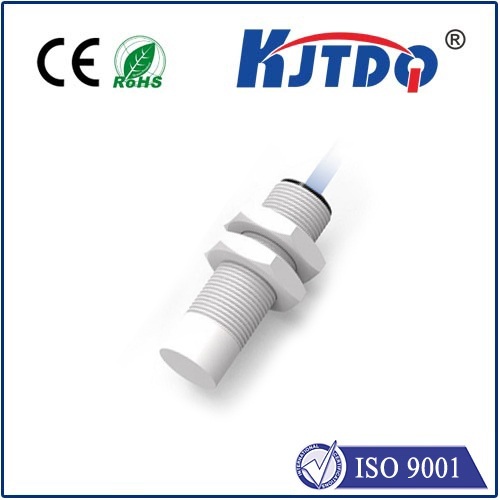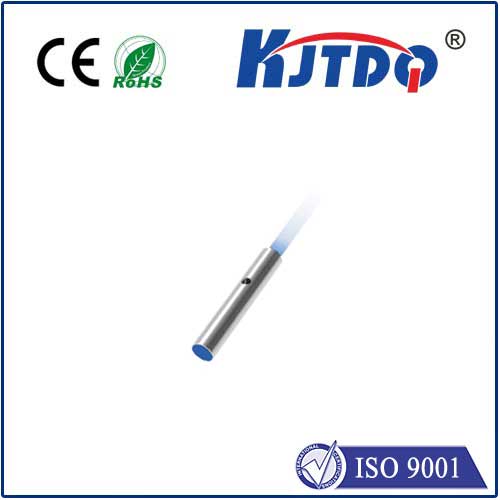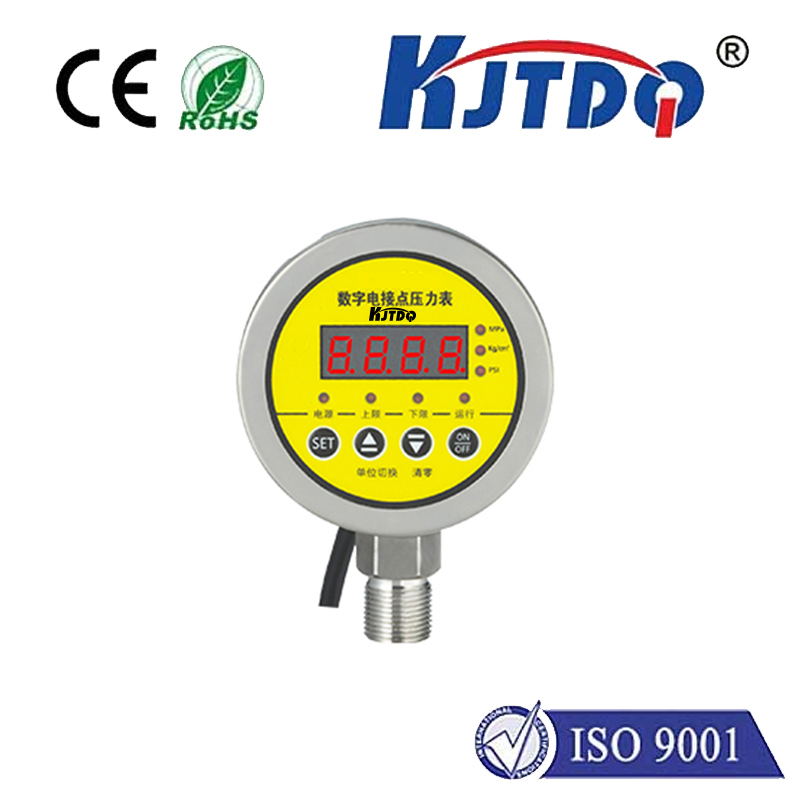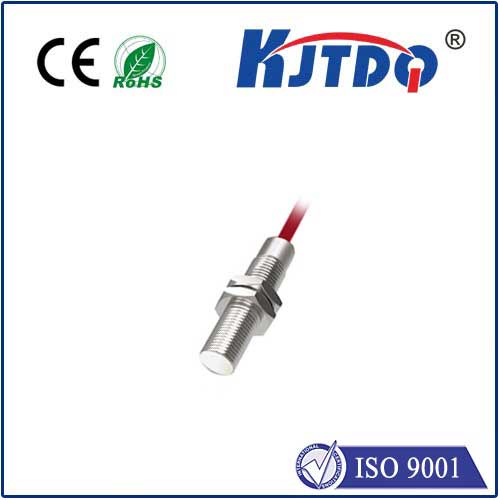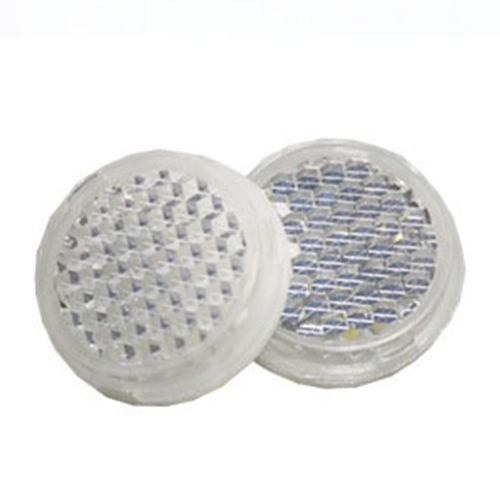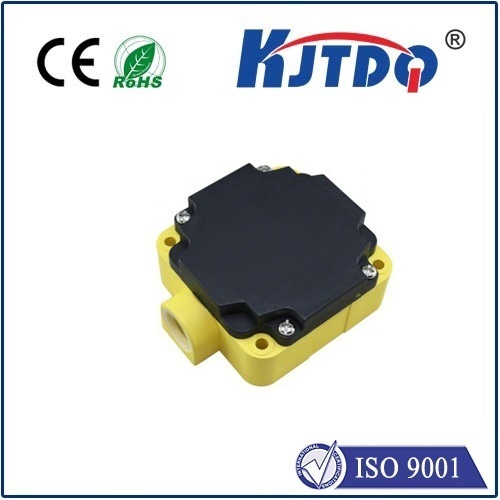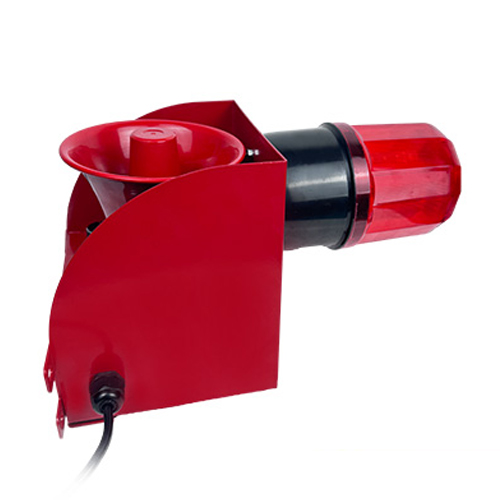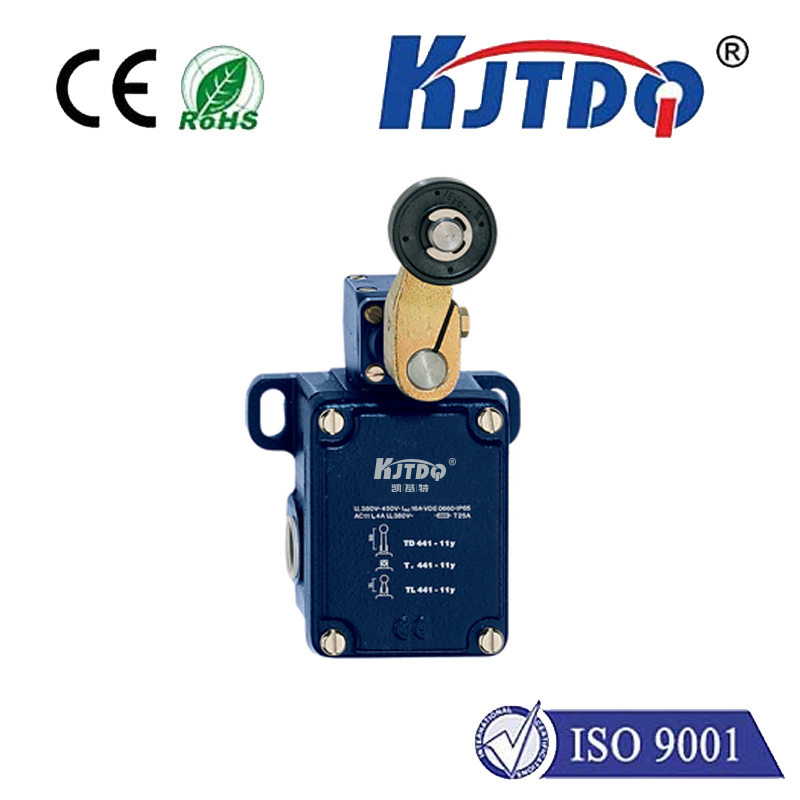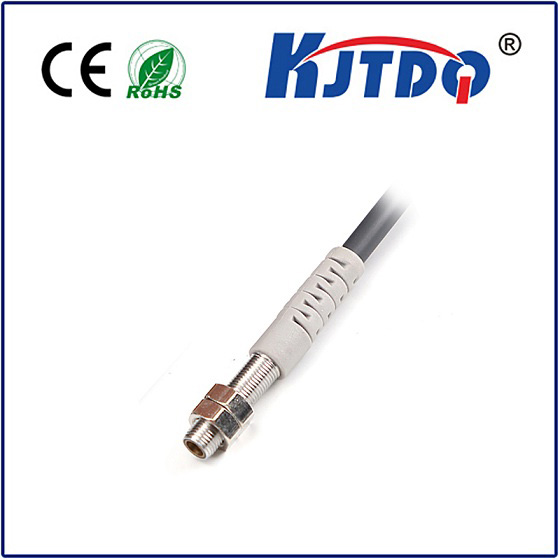temperature indicator with sensor
- time:2025-08-24 00:21:50
- Нажмите:0
The Silent Guardian: How Temperature Indicators with Sensors Keep Your World in Check
Ever poured a perfect cup of coffee only to find it lukewarm minutes later? Or wondered if that vaccine shipment stayed cool enough across its journey? Temperature is an invisible force, constantly influencing everything from the food we eat and medicines we rely on to the intricate machinery powering our industries. Accurately monitoring this fundamental parameter isn’t just convenient; it’s often critical for safety, quality, efficiency, and even compliance. Enter the indispensable workhorse: the temperature indicator with sensor. This compact, yet powerful device is the unsung hero silently ensuring conditions remain within precise boundaries.
What Exactly is a Temperature Indicator with Sensor?
At its core, this device is a symbiotic pair:
- The Sensor (Probe): This is the frontline component physically interacting with the environment or object. It detects thermal energy and converts it into a measurable signal (electrical resistance, voltage, etc.). Common types include:
- Thermocouples: Utilizing the Seebeck effect, where two dissimilar metals joined at a junction produce a voltage proportional to temperature. They are rugged, cover wide ranges, and respond quickly but might require specific wiring.
- RTDs (Resistance Temperature Detectors): Typically platinum wire whose electrical resistance changes predictably and very linearly with temperature. They offer high accuracy and stability but are generally slower and costlier than thermocouples. Pt100 (100 ohms at 0°C) is a common standard.
- Thermistors: Semiconductors exhibiting a large, predictable change in resistance with temperature. Excellent sensitivity within moderate ranges, ideal for applications like incubators or battery packs.
- Infrared (IR) Sensors: Measure surface temperature remotely by detecting emitted thermal radiation. Crucial for moving objects, hazardous areas, or spot checks.
- The Indicator (Display Unit): This is the brains and interface. It receives the signal from the sensor, processes it using calibration data (often stored digitally), and converts it into a readable temperature value displayed clearly (e.g., °C or °F). Modern indicators often include user-programmable alarms, data logging capabilities, and various output signals (like 4-20mA or Modbus) for integration with control systems. Think of it as the digital thermometer ’s central hub.
Why Combine Them? The Power of Precision and Insight

While standalone sensors or simple thermometers exist, the integrated temperature indicator with sensor brings significant advantages:
- Accuracy & Calibration: The indicator is designed to interpret the specific signal from its partnered sensor type, applying precise mathematical models and compensation factors inherent to that sensor technology. This yields far greater accuracy than generic displays.
- Real-Time Visibility: Provides instant, at-a-glance temperature information right where you need it – on the factory floor, in the lab, on a transport truck’s dashboard.
- Alarming & Safety: Programmable high and low alarms are fundamental. The indicator can trigger visual (flashing displays), audible (buzzers), or relay signals to alert personnel immediately when temperatures deviate from safe or optimal ranges, preventing spoilage, equipment damage, or safety hazards.
- Data Logging & Compliance: Many advanced indicators feature built-in memory to record temperature readings over time. This historical data log is invaluable for verifying process consistency, quality assurance audits, and demonstrating compliance with strict regulations (e.g., HACCP in food, FDA/GMP in pharma).
- Remote Monitoring & Control: Output signals allow the temperature data to be transmitted to SCADA systems, PLCs, or cloud platforms. This enables centralized monitoring, automated process adjustments (like starting a cooler), and remote alerts – a cornerstone of modern industrial monitoring and the IoT.
Where Do Temperature Indicators with Sensors Shine? Diverse Applications
The versatility of these devices means they are ubiquitous:
- Industrial Processes: Monitoring furnaces, reactors, injection molding machines, drying ovens. Preventing overheating critical bearings or motors, ensuring proper curing times. Precision is paramount here.
- HVAC & Building Management: Optimizing heating and cooling for energy efficiency, monitoring duct temperatures, protecting against freeze damage in pipes.
- Food & Beverage: Crucial for cold chain management from refrigerated transport and warehouse storage to cooking, pasteurization, and holding. Ensuring food safety and preventing spoilage. HACCP compliance relies heavily on accurate temperature indicators.
- Pharmaceuticals & Healthcare: Monitoring refrigerators/freezers storing vaccines, blood, and sensitive reagents. Controlling temperatures in incubators, sterilization autoclaves, and environmental chambers. Calibration and validation are essential.
- Laboratories: Precise temperature control in water baths, ovens, stability chambers, and controlled environments for experiments and sample storage. A reliable digital thermometer setup is non-negotiable.
- Energy & Utilities: Monitoring transformer oil temperatures, cooling systems in power plants, pipeline temperatures.
- Automotive & Transport: Monitoring engine coolant, cabin climate control, and sensitive cargo temperatures during transit.
Choosing the Right Temperature Indicator with Sensor: Key Considerations
Selecting the optimal solution hinges on understanding your specific needs:
- Temperature Range: What are the minimum and maximum temperatures you need to measure? Ensure both sensor and indicator cover this range comfortably.
- Required Accuracy & Stability: How critical is precision? RTDs offer excellent stability and accuracy, thermocouples cover wider ranges, thermistors are sensitive in specific bands. Consider calibration requirements.
- Response Time: How quickly do you need to detect temperature changes? Fine wires and exposed junctions offer faster response.
- Environment: Will the sensor face moisture, chemicals, vibration, or extreme conditions? Choose a sensor with appropriate sheathing (stainless steel, Teflon, ceramic) and an indicator with a suitable IP rating for its location.
- Mounting & Sensor Type: Probe immersion depth, surface contact, or non-contact IR? Consider probe size and configuration (rigid, flexible, air/gas probe).
- Display & Interface: Local readability needed? Size, backlight, viewing angle? Required features: Alarms (setpoints, hyseteresis), data logging capacity, output signals?
- Power Source: AC power, battery operation, or loop-powered?
- Calibration & Certification: Does the application require traceable calibration certificates? Check if the device/system supports easy calibration procedures.
Beyond the Basics: Ensuring Performance
Remember that even the best temperature indicator with sensor requires proper installation and maintenance. Ensure the sensor is positioned correctly in the medium for representative readings (avoid thermal shunting!). Periodically verify accuracy through calibration against a known standard – this is fundamental for maintaining reliability, especially in critical applications. Protect sensors from physical damage and corrosive environments with suitable thermowells or protective sheaths.
From safeguarding life-saving medicines to ensuring your morning brew is just right, temperature indicators with integrated sensors operate as vigilant sentinels. They transform the invisible force of heat into actionable, reliable data, empowering us to control processes, assure quality, prevent loss, and operate efficiently and safely across countless domains. Understanding their function, types, applications, and selection criteria is key to harnessing their power as a truly indispensable temperature monitoring tool.

